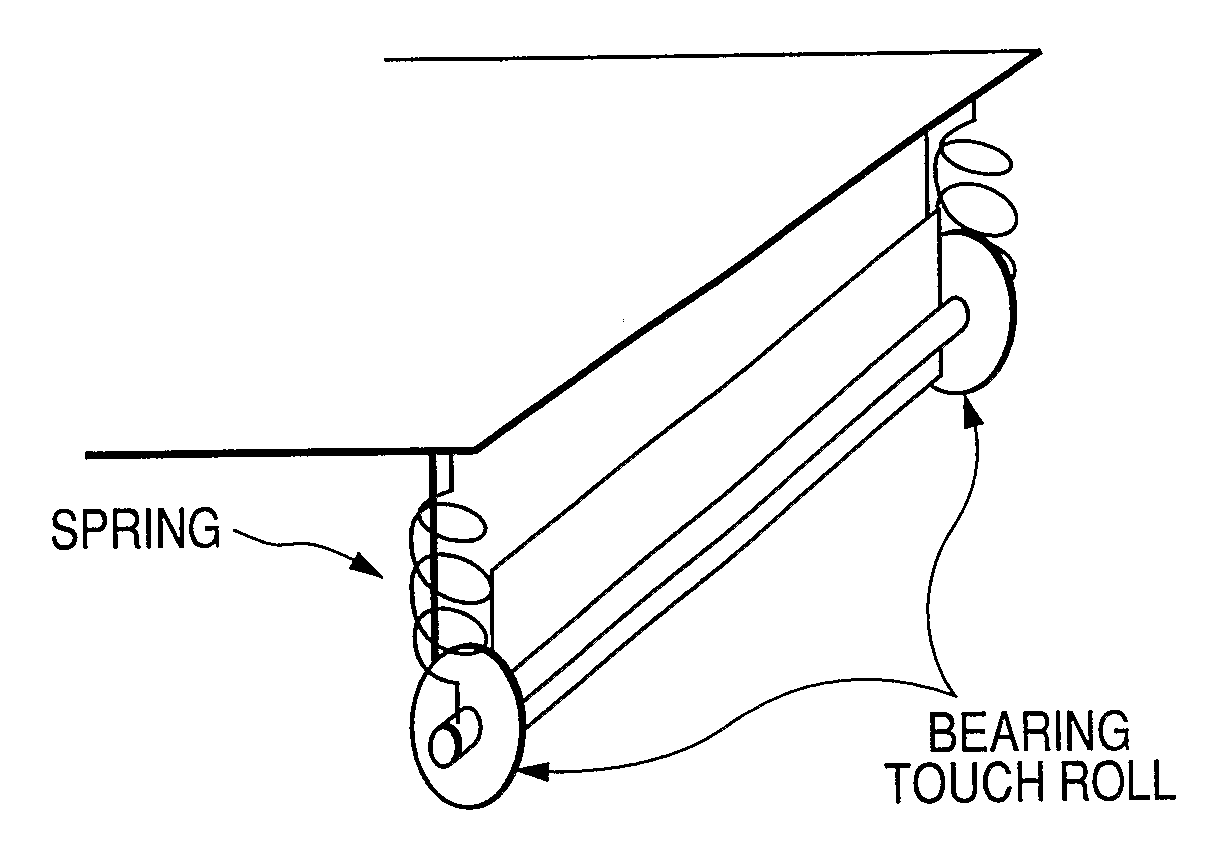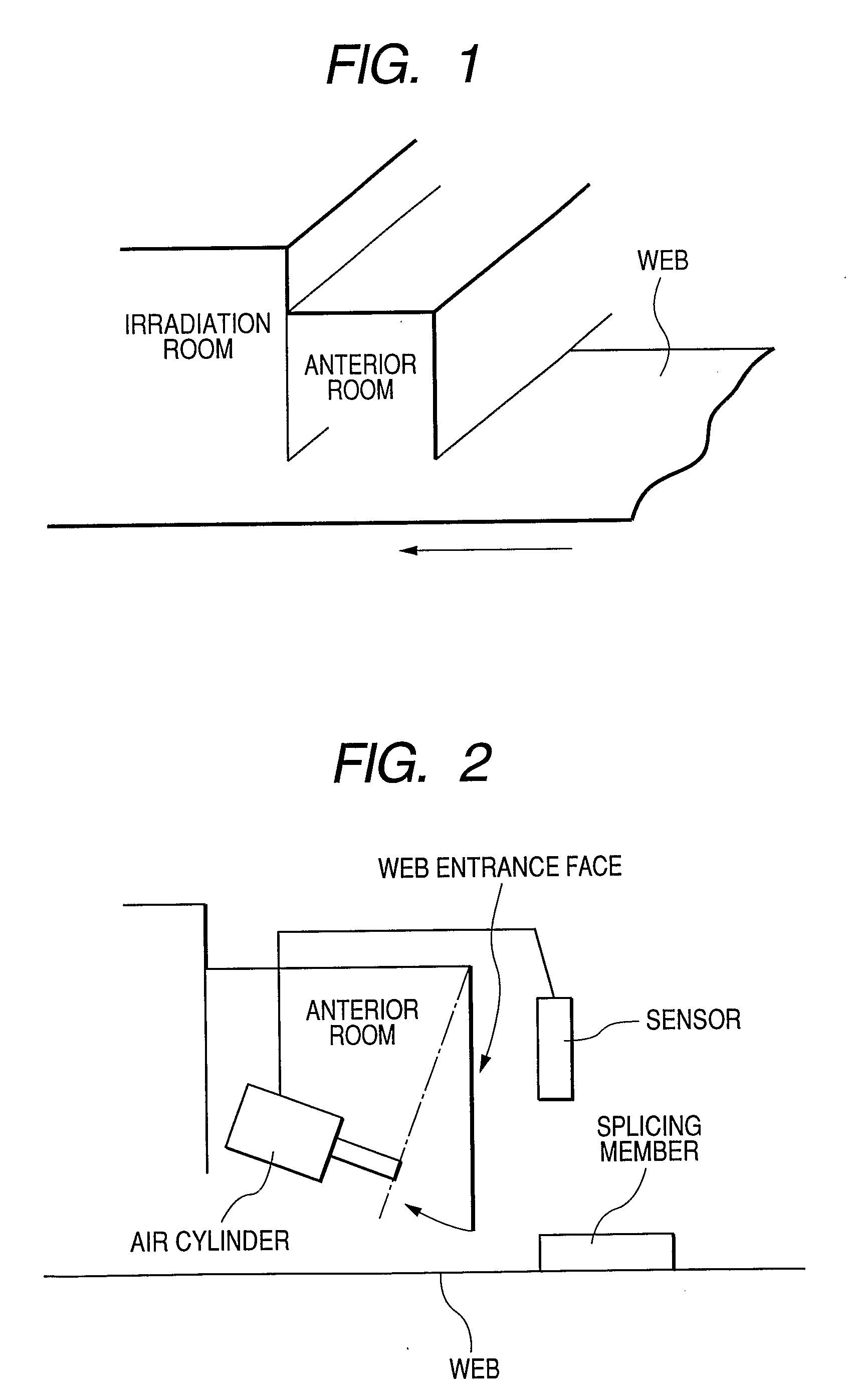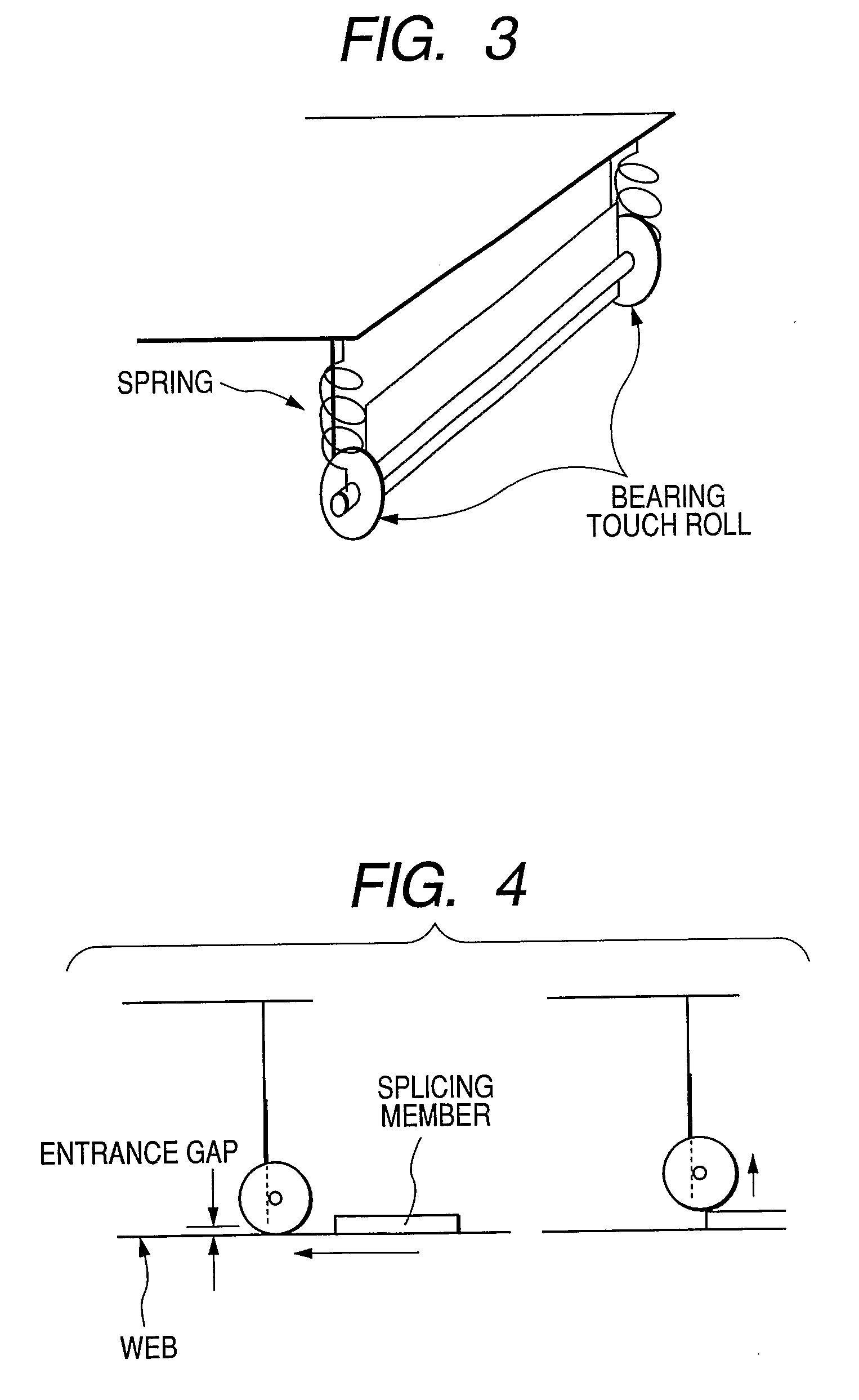Antireflective Film, Method of Manufacturing Antireflective Film, Polarizing Plate and Image Display Device Using the Same
- Summary
- Abstract
- Description
- Claims
- Application Information
AI Technical Summary
Benefits of technology
Problems solved by technology
Method used
Image
Examples
example 1
Preparation of Coating Solution for Hard Coating Layer
[0349]The following composition was placed in a mixing tank, and stirred to prepare a coating solution for a hard coating layer.
[0350]More specifically, 750.0 parts by weight of trimethylolpropane triacrylate (Viscoat #295, produced by Osaka Organic Chemical Industry, Ltd.), 270.0 parts by mass of polyglycidyl methacrylate having an mass average molecular weight of 15,000, 730.0 parts by mass of methyl ethyl ketone, 500.0 parts by mass of cyclohexanone and 50 parts by mass of a photopolymerization initiator (Irgacure 184, produced by Ciba Specialty Chemicals, Inc.) were placed in a mixing tank, and stirred. The composition obtained was filtered through a polypropylene filter with a pore size of 0.4 μm to prepare a coating solution for a hard coating layer. The polyglycidyl methacrylate was obtained by dissolving glycidyl methacrylate (a product of Tokyo Kasei Kogyo Co., Ltd.) in methyl ethyl ketone (MEK), allowing it to react for...
example 2
[0382]Sample Nos. 114 to 122 were prepared in the same manner as Sample Nos. 103, 105 and 108 prepared in Example 1, except that the web temperature under the UV irradiation was raised to different settings. And the same evaluations as in Example 1 were made on these samples.
[0383]The surface temperature of the coating on a web was adjusted by changing the temperature of the metal plate in contact with the back of the web.
TABLE 4TemperatureReflec-Sampleunder UVtivityPencilSteel WoolNo.irradiation(%)Hardnessresistancenote108no heating0.322H2ComparativeExample11440° C.0.322H2ComparativeExample11560° C.0.32between2Comparative2H-3HExample11680° C.0.323HbetweenComparative2-3Example105no heating0.32between4Invention3H-4H11740° C.0.32betweenbetweenInvention3H-4H4-511860° C.0.32between5Invention3H-4H11980° C.0.324H5Invention108no heating0.324H5Invention12040° C.0.324H5Invention12160° C.0.324H5Invention12280° C.0.324H5Invention
[0384]With respect to Sample No. 105 according to the invention, ...
example 3
[0385]Sample Nos. 123 to 126 shown in Table 5 (including comparative examples) were prepared in the same manner as Sample No. 108, except that UV irradiation was performed under different conditions; specifically, changing the number of times the UV irradiation was divided, and selecting between replacement and no replacement with nitrogen gas during UV irradiation.
[0386]The same evaluations as in Example 1 were made on these samples.
[0387]In the division of UV irradiation, the illuminance was adjusted so that the total exposure was kept constant. Results obtained are shown in Table 6.
[0388]These experiments revealed that, even when the UV irradiation was divided and the illuminance in each divided irradiation was lowered, degradation in scratch resistance was avoided and high-speed production suitability was ensured so long as the oxygen concentration during the UV irradiation was reduced to 3% or below by volume.
TABLE 5Number ofNitrogenOxygenTimes UVPurgeConcentrationSampleirradia...
PUM
| Property | Measurement | Unit |
|---|---|---|
| Time | aaaaa | aaaaa |
| Fraction | aaaaa | aaaaa |
| Electric charge | aaaaa | aaaaa |
Abstract
Description
Claims
Application Information
 Login to View More
Login to View More - R&D
- Intellectual Property
- Life Sciences
- Materials
- Tech Scout
- Unparalleled Data Quality
- Higher Quality Content
- 60% Fewer Hallucinations
Browse by: Latest US Patents, China's latest patents, Technical Efficacy Thesaurus, Application Domain, Technology Topic, Popular Technical Reports.
© 2025 PatSnap. All rights reserved.Legal|Privacy policy|Modern Slavery Act Transparency Statement|Sitemap|About US| Contact US: help@patsnap.com



